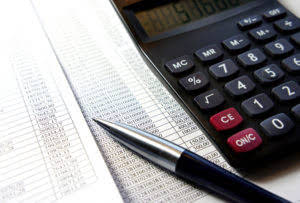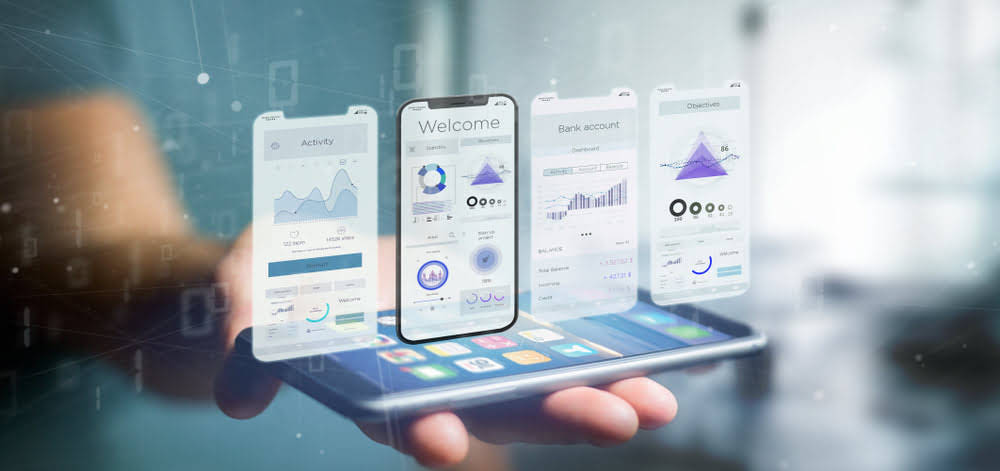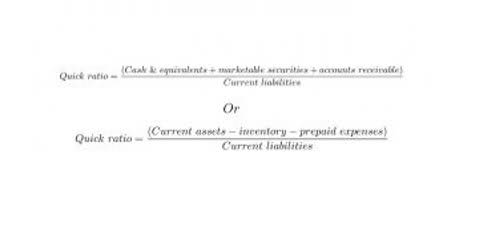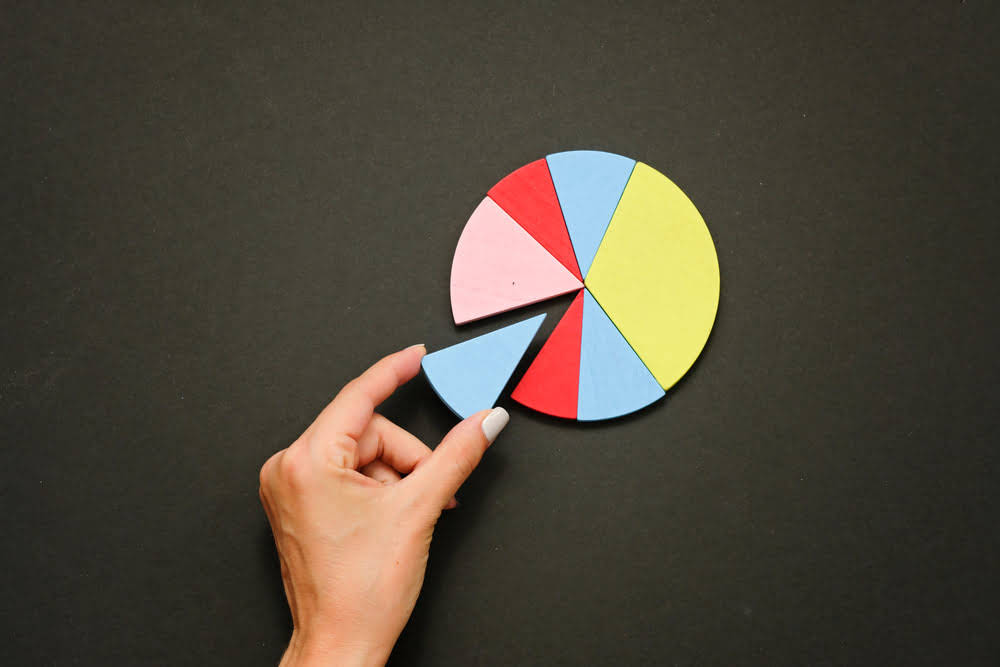
An invoice is a document created by a business after the exchange of goods and services with a customer. It serves as a formal request for payment from a business to a customer, and trial balance also acts as a record of the goods and services exchanged. While invoices can be used across all business types, they are particularly common in industries involving service contracts, such as construction, design, education, and services charging hourly rates. Organizations use bills to document and manage their financial transactions. Bills record the goods or services purchased, the amount owed, and the payment terms agreed upon.
Mục lục:
How and where to create invoices and bills
- The timeline by which the client is expected to pay also makes a bill different from an invoice.
- Invoices, bills, and receipts are familiar terms to business owners and consumers alike.
- Billing cycles can be weekly, monthly, quarterly, or customized based on the business model.
- It also eliminates the chances of delays and disagreements in payment terms of the invoice.
- But on the other side of the world, in India, as per country laws, you need to use GST (which is a form of taxes), and the solution you use has to be GST-compliant.
- By keeping track of their bills, businesses can monitor their expenses and ensure they are paying their suppliers and vendors on time.
Invoicing is the process of sending a request for payment before payment is made, while billing is the process of sending a request for payment after payment is made. Invoices and bills can have different payment terms and due dates, so you’ll want to make sure you choose the right document based on when payment is due. Invoices typically have a due date for payment, while bills often have payment terms like “net 30” or “net 60” that indicate when payment is expected. As a business owner, you rely on billing and invoicing to drive your finances. Mastering the differences and best practices is key to growth and stability. Getting billing and invoicing right takes work but pays off tremendously in predictable cash flow, reduced disputes, and positive client relationships.
Billing
When an error in the invoice previously occurred, a credit invoice is issued to correct such errors. Also, in a case where goods are returned but payment is not Bookkeeping for Veterinarians refunded, a credit memo invoice is issued. A recurring invoice is used when goods or services are provided at a regular time interval, such as monthly or quarterly.
Invoice Vs. Bill Vs. Receipt: What Sets Them Apart?

This keeps your financial records organized and ensures steady cash flow for your business. An invoice is a financial document a vendor sends to a buyer detailing the items sold and requesting payments and is the most detailed of the three. A bill serves a similar purpose, indicating how much a buyer owes, but is less detailed and is typically used to request instant payment. For business, having a history of the bills that are issued and settled is necessary. Such documents enable sale tracking, inventory management, and taxation adherence. Even though bill is not always as detailed as invoices, it has significant relevance when it comes to the running of the business on a day to day basis or from a financial perspective.

However in practical business practice, a bill is prepared expecting immediate payment for goods or services rendered. Such brittleness is rare; however, it can be observed in retail business, restaurants, bars, hotel and similar businesses. For example, if a person goes to look for a place to have dinner, once he/ she has finished eating, a bill follows detailing the total amount and the breakdown of items consumed and ingredients used. Without a doubt, the emergence of the industrial revolution affected the invoicing trend deeper.

Key Components of a Bill

Billing is mostly common for retail businesses, such as grocery stores, merchandise stores, restaurants, and dining establishments, where the customer pays for the money upfront. It’s perfect for freelancers and small businesses, ensuring accuracy and saving time. Depending on the nature of the project and your agreement with the client, you may elect to charge 50% of the total payment upfront or collect partial payments over time to cover the cost of the project. Just upload your form 16, claim your deductions and get your acknowledgment number online. You can efile income tax return on your income from salary, house property, capital gains, business & profession and income from other sources. Further you can also file TDS returns, generate Form-16, use our Tax Calculator software, claim HRA, check refund status and generate rent receipts for Income Tax Filing.
- In contrast, a receipt is a document that a seller provides to a buyer as proof of payment, and a bill is a document that a seller sends to a buyer requesting payment for goods or services rendered.
- In the operation of your business as well as in the course of a specific transaction, you may use more than one invoice type.
- However, as businesses become increasingly digitalized, electronic invoicing—also known as e-invoicing—is preferred.
- Below, we’ll explain how bills and invoices differ, how they work together, and how Stripe can help businesses manage both.
- If delays continue, explore solutions like payment plans, partial payments, or collections assistance.
- A quote is usually subject to a specific time frame, for example, many businesses will stipulate that a quote is only valid for 30 days from the day it’s issued.
The information included in a bill
- The “INVOIC” standard can also be used to transmit credit and debit memos.
- Export the document by pressing Share at the top of the page, to download, print, or email the invoice to your client.
- Such activities are more characterized in a B2C situation where such transactions are instantaneous.
- For example, patrons dining at a restaurant receive a bill (often referred to as a check) outlining the cost of their meal, including food, beverages, and any additional charges like taxes and gratuity.
A thoughtful, well-informed approach to billing and invoicing can encourage quicker payments, increase financial stability and foster trusting, productive and enduring client and customer relationships. Billing reconciliation is the process of matching invoice data with bank statements to ensure that all the payments are received timely. During the process if any unpaid invoices are found then a reminder is sent to the client. bills and invoices ‘Invoice’ and ‘bill’ are the two most popular terms that always confuse businesses, customers, and accountants.

A financial statement is a record of all transactions within a fiscal period, including the income statement, balance sheet, and cash flow statement. Invoices are recorded in the financial statement as accounts receivable. An invoice is generated by the business providing a service and the customer receiving the invoice records it as a bill to be paid. From a business’s perspective, an invoice is sent while a bill is received. Below, we’ll explain how bills and invoices differ, how they work together and how Stripe can help businesses manage both.







